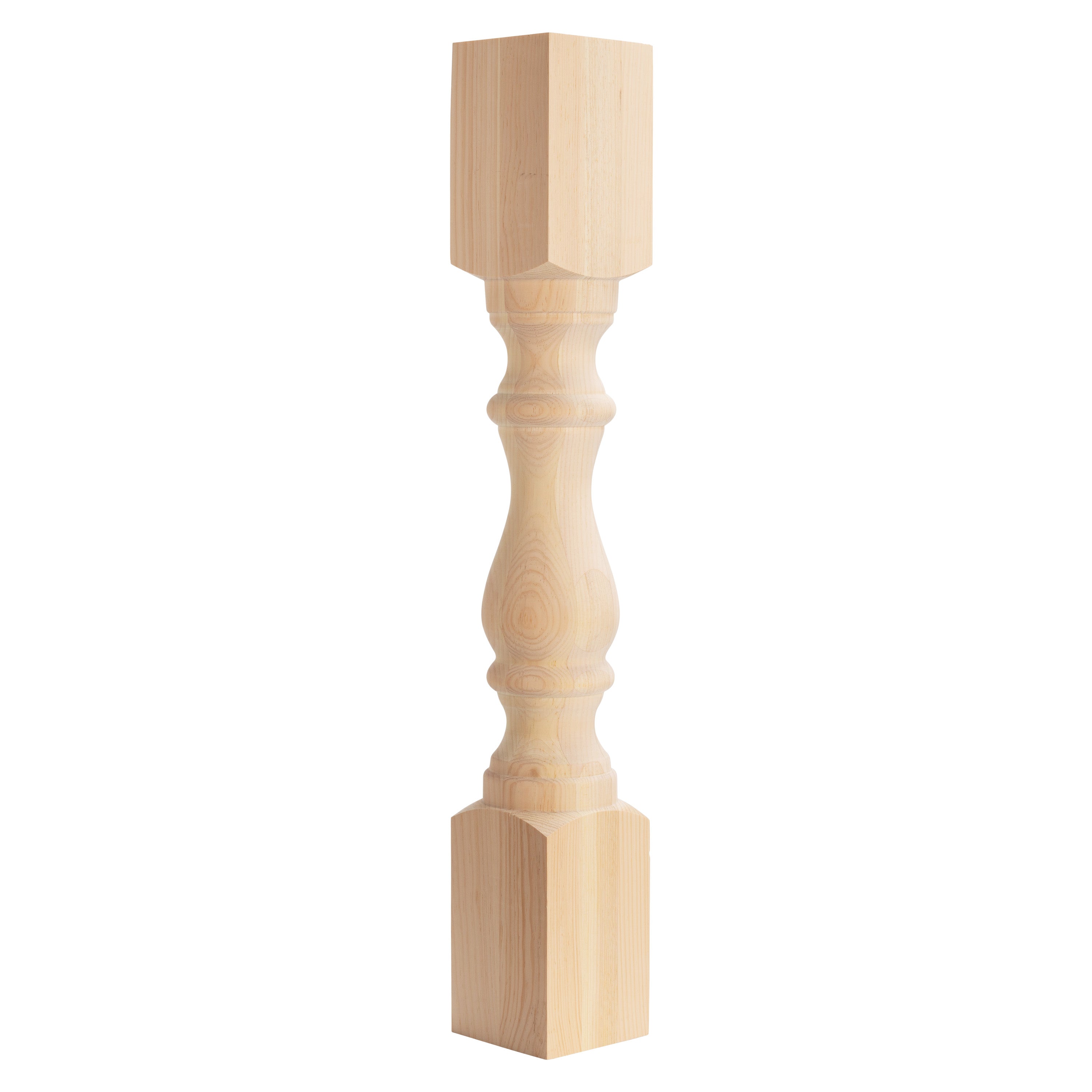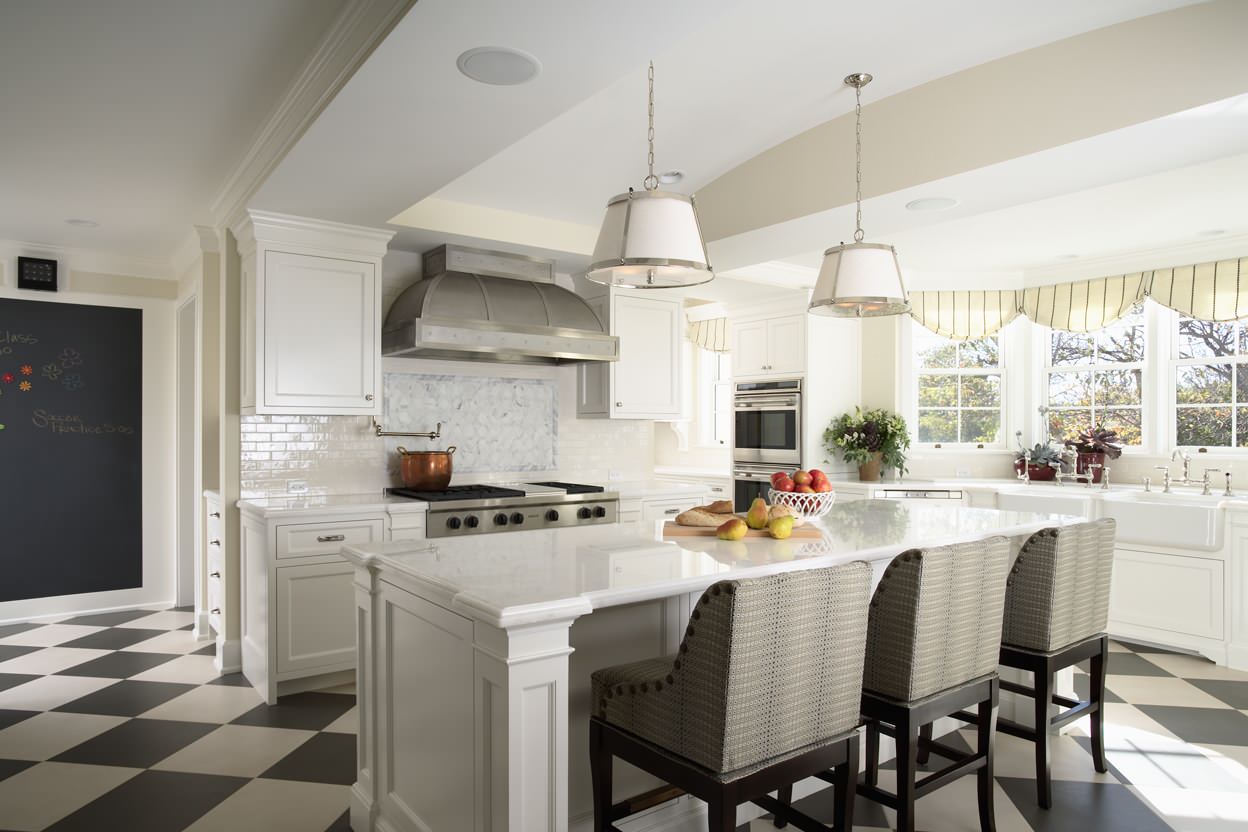Exactly How to Pick the Perfect Cooking Area Island Leg to Enhance Your Kitchen Area Layout
Picking the optimal kitchen area island leg is a nuanced process that requires mindful factor to consider of different factors such as layout capability, product, and style. An appropriate leg can not just support the framework yet likewise serve as a specifying aspect that enhances the total visual of your kitchen area.
Assess Your Cooking Area Design
When it involves choosing a kitchen area island leg, it's crucial to analyze your kitchen area style to make certain a natural design. The kitchen is commonly the heart of the home, and the island acts as a useful and visual prime focus. The selection of leg style must show the overall style of your kitchen, whether it be modern-day, standard, farmhouse, or commercial.
As an example, in a modern kitchen area, streamlined, straight legs in a minimalist style might enhance the streamlined appearance. Conversely, a rustic kitchen area might gain from heavy, transformed legs that share warmth and personality. If your kitchen features a timeless design, take into consideration elaborately made legs that echo conventional craftsmanship.
Pay focus to the percentages of both the island and the surrounding area; the leg's scale ought to complement the overall measurements. By straightening your leg selection with your kitchen area's style, you create a combined and inviting environment that mirrors your individual aesthetic.
Think About Material Options
Selecting the appropriate product for your kitchen area island leg is critical, as it impacts both sturdiness and aesthetic appeal. Numerous products provide distinct benefits and can significantly affect the general style of your kitchen.
Wood is a preferred selection, understood for its warmth and flexibility. It can be stained or repainted to match your kitchen's color pattern, giving a classic appearance. However, it might require even more maintenance to stop damages from moisture and warmth.
Metal legs, such as stainless-steel or wrought iron, evoke a industrial and modern feeling. They are immune and incredibly sturdy to damage, making them perfect for high-traffic locations. Steel can also be ended up in different means, enabling for customization in regards to structure and shade.
One more option is composite materials, which combine aesthetic appeals with functionality. These can imitate the appearance of timber or steel while typically being lighter and simpler to maintain.
Last but not least, take into consideration stone legs, which can bring a glamorous touch but might call for extra structural assistance. Each product has its distinct characteristics, so it's important to select one that straightens with your kitchen area's overall layout vision while making sure longevity and capability.
Explore Style Features
Countless style functions can boost the performance and aesthetic charm of a kitchen area island leg, making it an integral component of the total kitchen area style. One essential aspect to take into consideration is the style of the leg, which can vary from conventional transformed styles to streamlined, contemporary lines. The selection of style need to complement the existing kitchen cabinetry and fixtures, producing a natural look.
Along with style, the surface of the leg can considerably influence the kitchen's aesthetic appeal. Choices such as repainted, stained, or natural coatings can either highlight the leg as a statement item or allow it to blend flawlessly into the kitchen area environment. Decorative components, such as embellishments or makings, can additionally add personality and originality, transforming an easy leg right into a focal factor.
Additionally, integrating useful attributes like open shelving or integrated storage can improve energy while maintaining aesthetic value. The interaction of these layout includes not just elevates the kitchen area island leg's look yet also adds to the total capability of the kitchen space. By thoughtfully choosing these aspects, homeowners can ensure their kitchen island leg serves both useful and ornamental objectives.
Determine Dimension and Elevation

Normally, the standard height for cooking area island legs is around 30 inches, which aligns with the elevation of basic kitchen counters and dining surface areas. Nevertheless, if your island offers a double objective, such as a breakfast bar, you may consider a higher leg gauging 36 inches. This elevation promotes an extra casual dining experience and accommodates bar stools comfortably
In terms of width, the leg must not only offer ample assistance yet also preserve aesthetic equilibrium. A size of 3 to 5 inches is generally optimal, allowing for sufficient stability without subduing the overall style. In addition, think about the spacing between the legs; they ought to be positioned to enable easy movement and ease of access around the island.
Eventually, taking accurate measurements and thinking about the meant use of the kitchen island will lead you in picking the proper dimension and height why not look here of the legs, guaranteeing both aesthetic allure and functional performance in your kitchen area design. kitchen island leg.
Budgeting for Your Selection

Following, figure out the design that straightens with your cooking area's visual. Custom-designed legs may come at a premium, while pre-fabricated options usually provide cost savings. It's vital to balance your wanted visual with the functionalities of your budget plan.
Think about additional prices that might develop, such as setup or finishing. Include these expenditures in your spending plan. if you're preparing to hire a professional for installment.
Last but not least, allot a backup fund for unexpected prices that might occur during the remodelling. By very carefully reviewing these variables, you can make enlightened choices that not just improve your kitchen's layout yet also keep your restoration within economic reach. A tactical spending plan will ensure that you achieve the wanted look without compromising your economic goals.
Conclusion
In verdict, choosing the suitable kitchen area island leg necessitates cautious consideration of numerous factors, consisting of the overall cooking area style, product options, layout functions, and ideal dimensions. By straightening these elements with the preferred aesthetic and performance, a harmonious and aesthetically enticing kitchen area island can be attained. Furthermore, budgeting for the chosen products and installment will make certain that the choice procedure continues to be possible and functional, eventually improving the kitchen's layout and use.
When it comes to selecting a index kitchen area island leg, it's crucial to assess your kitchen area style to make certain a natural style.Countless layout attributes can enhance the functionality and aesthetic appeal of a kitchen area island leg, making it an important component of the total cooking area layout. The interaction of these layout includes not just raises the kitchen area island leg's look however likewise contributes to the general performance of the kitchen area room.Developing a budget plan for your kitchen area island leg is a critical action that can considerably impact your overall kitchen restoration anchor prices.In verdict, choosing the suitable kitchen area island leg requires careful consideration of numerous variables, consisting of the general kitchen design, product choices, design attributes, and suitable dimensions.